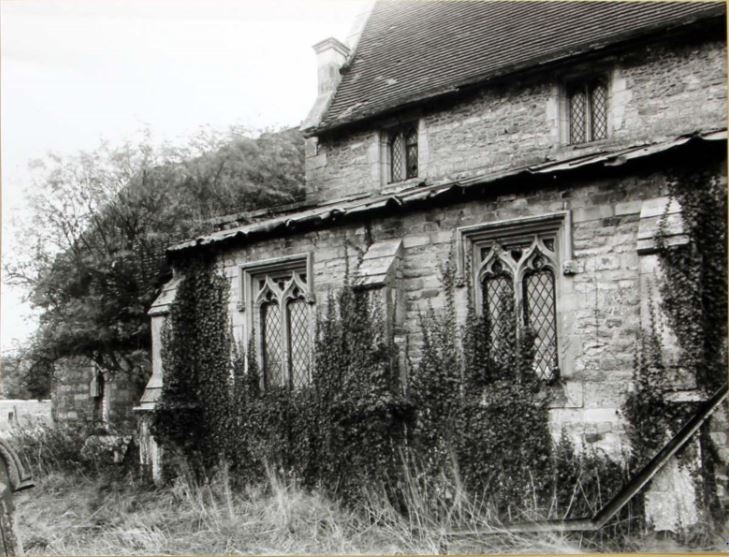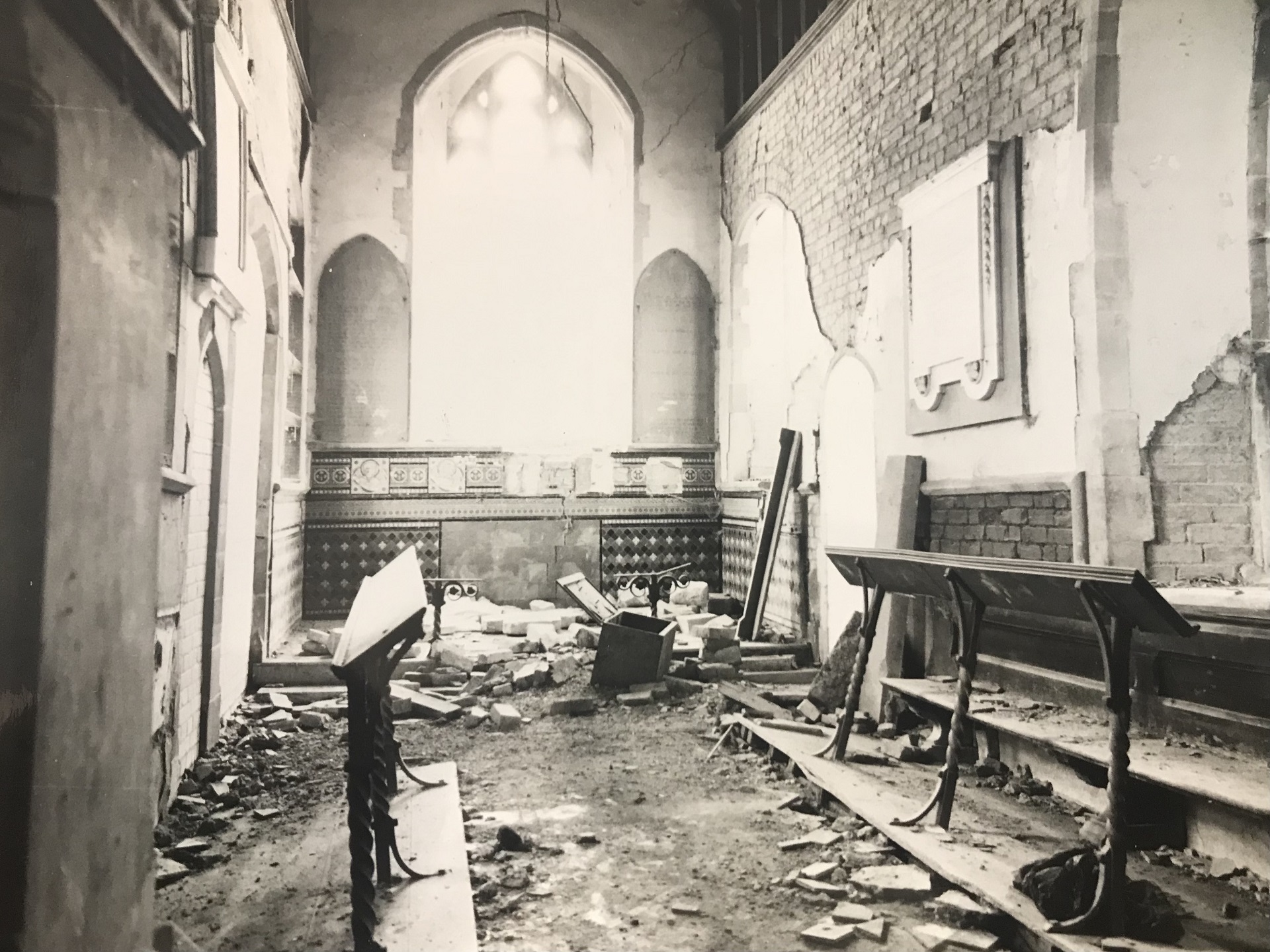
Published: 09/11/2022
Updated: 10/11/2022
The medieval church at Wood Walton, Cambridgeshire was on the Heritage at Risk register since the inception of the register. This year – this month after decades of repairs, monitoring, head-scratching, and fundraising St Andrew’s is officially no longer at risk.

This feels like the most tremendous achievement. Something we’ve been working towards for over 40 years. It's taken three Directors, hundreds of thousands of pounds, and one steadfast group of local Friends.
St Andrew’s, Wood Walton closed in 1967, and was eventually placed in our care in 1979. The church was derelict, vandalised and suffering severe structural movement. It would become one of our greatest conservation challenges… For all of these reasons, it was placed on the national register for buildings at risk which is compiled and published by Historic England each year.
St Andrew’s has long been prey to thieves and vandals — as early as 1549, when an account records ‘Woddwaltton Stoln out of the Church…ii handbells’. More serious thefts occurred in June 1956 and December 1964 when thieves stripped lead from the roofs of the south and north aisles, letting in rain and hastening the church’s deterioration and closure.
Its remoteness no doubt contributed to its abandonment in the 1970s, when it became overgrown with ivy and was in a vulnerable state, subject to vandalism and decay. As well as theft of metal, two of the mosaic evangelists were gouged from the reredos, decorative pew ends were sawn off, a small medieval coffin lid hauled away. In light of this, the church’s two rare stained-glass windows dating from 1310-1330 depicting St Catherine and St Lawrence were removed for safekeeping, and are on loan to the Stained Glass Museum in Ely.

It may not have seemed like it to the train passengers whizzing past on the East Coast Main Line but this steadfast landmark was also on the move. And has been for centuries. The floor of the chancel cracked and heaved; the window heads fractured. The entire church is inherently much less stable than its thick limestone walls would suggest. The quality of Victorian restoration may be one culprit, the landscape’s clay soil and poor drainage another. (Note: the trains are not the cause, as there is evidence that the church was moving long before the railway arrived.)
We spent a long time carefully monitoring the movement, to understand how, why, and when the church moved. This enabled us to develop a method of minimising and managing the movement. We can never stop it completely. The monitoring period is slow but essential, as taking the wrong action could be detrimental to the church’s stabilisation and internal repair.
In recent years, we’ve mended the tower, repointed the walls, re-roofed the aisles, installed new rainwater goods, and laid a new drainage system – all in a bid to control the moisture levels in the soil, and reduce the shrink and swell, which leads to instability of the structure.
In 2020, our engineer felt that the movement was under control, and we could begin to restore the interior. St Andrew’s benefited from two successive grants from the Culture Recovery Fund, which enabled us to restore some tiling, replaster the walls, remove the timber supports from the windows, and renew all the pew platforms, which had rotten away due to years of leaking roofs.

It’s been a long road for Wood Walton. The church is looking better than ever, though there is still more to do – including glazing the windows which have had MeshLite (polycarbonate sheeting) since the 1970s. But for now, we are just delighted that the church is officially no longer ‘at risk’.